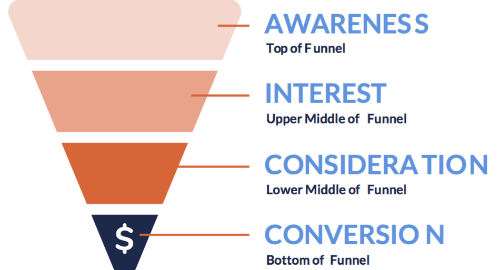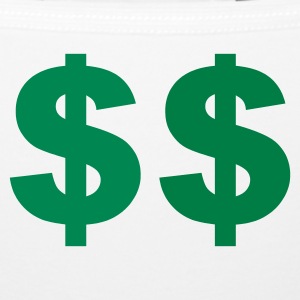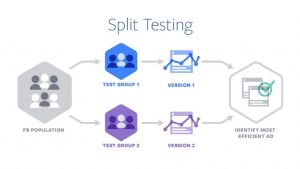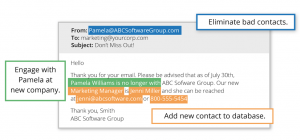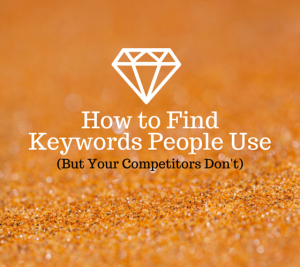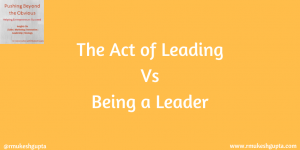— April 20, 2018
Have you ever visited a website then been followed by the same ad for the next year? Silly question—of course you have. Me too.
As Facebook has grown into the biggest advertising platform outside of Google, it has succumbed to the retargeting problem.
Retargeting is too often seen as an add-on to a campaign, one which hoovers up the people that didn’t convert on their first visit to your website. This is the wrong way to think about it. Retargeting should be central to your marketing strategy, empowering you to build customer journeys that deliver sequential messages that intrigue and convert people.

Source: Unsplash
The marketing funnel on Facebook
Facebook is an advertising channel that interrupts its users. Unlike search advertising — that presents people products they are explicitly looking for — Facebook is therefore only good for top of funnel advertising, aimed at building awareness or engagement. This assumption couldn’t be further from the truth.
Just because people aren’t searching for your product at that explicit moment, it doesn’t mean people aren’t ready to buy it. By using smart retargeting, you can get to people when they have high buying intent. This makes Facebook a great platform for full funnel marketing — campaigns that build initial awareness of your brand right through to a product purchase.
You just need to reach people at the right time. To do this, you need to get familiar with a couple of Facebook tools.
The two Facebook tools you need to know
Facebook has a litany of ad tools but to master retargeting on the platform, there’s only two you need to know. The Facebook Pixel and Custom Audiences.
The former is a code snippet you add to your website. It tracks users with a Facebook account when they visit your site and can also be set up to record actions such as purchases and checkout initiations. The latter is where you use the data collected from your pixel to build audiences of people to target with your ads. You can also build audiences of people from your own email lists and their engagement with you on the Facebook platforms.
Understand how these two tools work and you’ll have the power to create great retargeting experiences.
Mapping audiences to funnel stages
Creating a marketing funnel on Facebook is all about nesting multiple custom audiences to create a sequential messaging strategy mapped to your funnel.
What does this mean? Create ad sets that target each stage of the funnel (these can be segmented further to create multiple targeted ad sets at each stage) and then exclude the targeting options that you will be using at each subsequent stage of the funnel.
Consider a standard marketing funnel:

Source: Adgo
At the awareness stage you could create ad sets targeting people based on Facebook Interests with a video advert. At the Interest stage you could create ad sets targeting a custom audience of anyone who watched 50% of that video with an advert that sends them to a landing page on your website. In this case your awareness stage ad sets should exclude the custom audience of people who watched the video. The interest stage ad sets should exclude anyone who visited the landing page on your website (using a custom audience of landing page visitors) and so on.
This method of nesting custom audiences means that when someone completes the action that moves them from one stage to the next, they are automatically excluded from the above stage.
The aim here should be deliver a unique message at each stage of the funnel that will engage your user and move them to the next stage of the funnel. From the top to the bottom of the funnel your messaging should go from general awareness to specific product related content. The more engaged they become, the more attentive they will be to your product messaging and likely to convert. (Dataxu found that prospecting combined with retargeting increased conversion volume by 147%). Once you’ve set up your retargeting funnel, continue to optimize your retargeting campaign like you would any other.
Defining your journey
If you haven’t already done so, create a customer journey map. This will help you define the exact stages in your own marketing funnel and what messages you need to reach people with at each of those stages. It might seem like a redundant step if you’re creating a marketing funnel anyway, but it will help you get clarity and purpose on the structure of all future campaigns.
Segment, sequence and sync for success
Once you’re comfortable doing this on Facebook, replicate the strategy on other advertising channels. Twitter, LinkedIn, Google AdWords and other major channels all allow you to create such audiences and exclusions. By replicating campaign structure across these channels, you can easily create multi-stage cross-channel messaging campaigns that deliver real impact.
Digital & Social Articles on Business 2 Community
(400)
Report Post